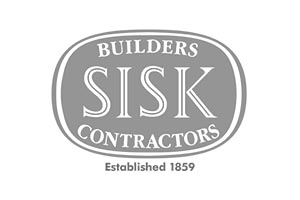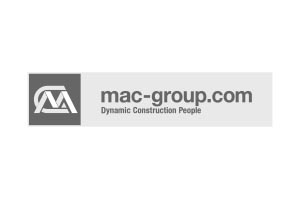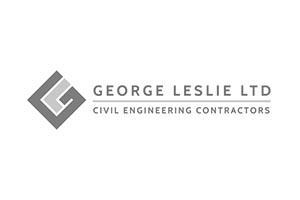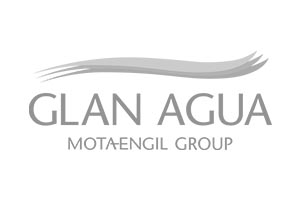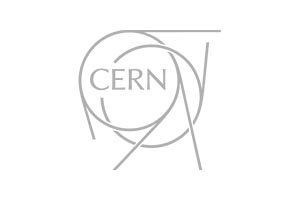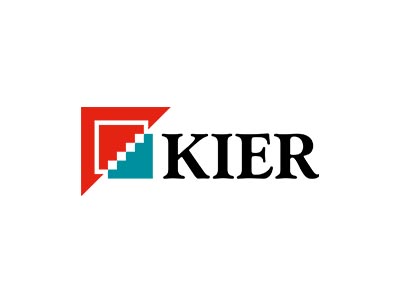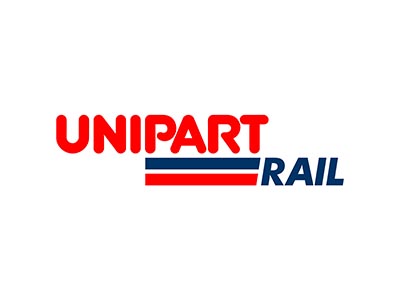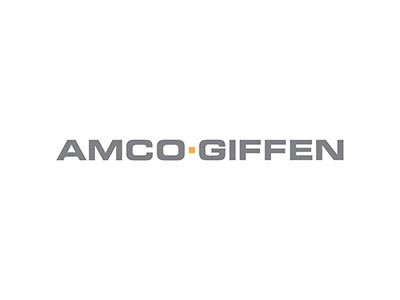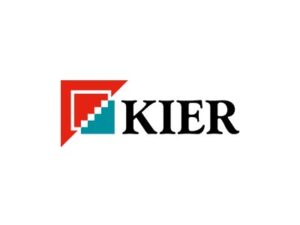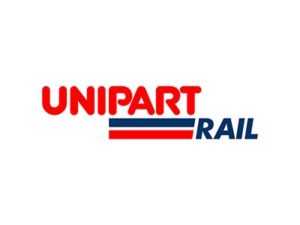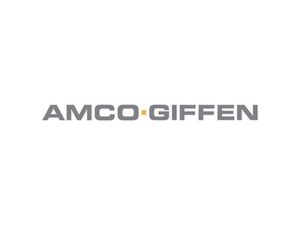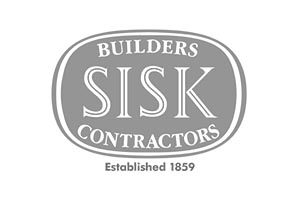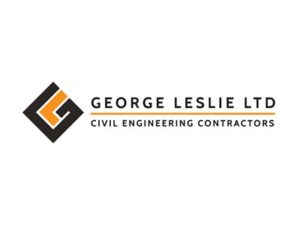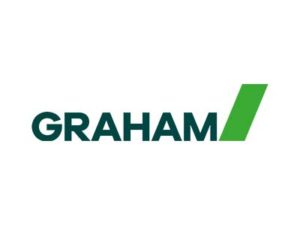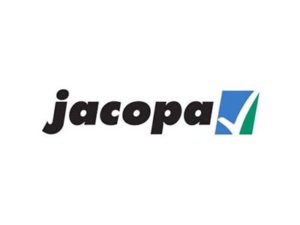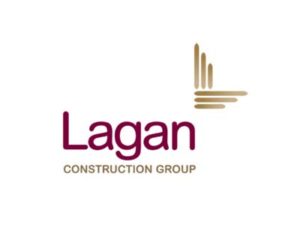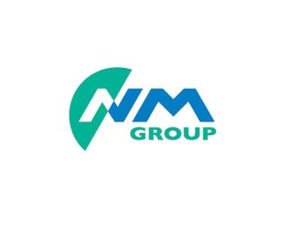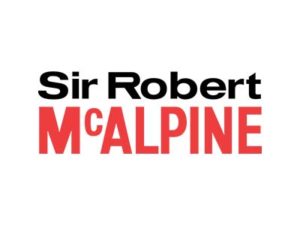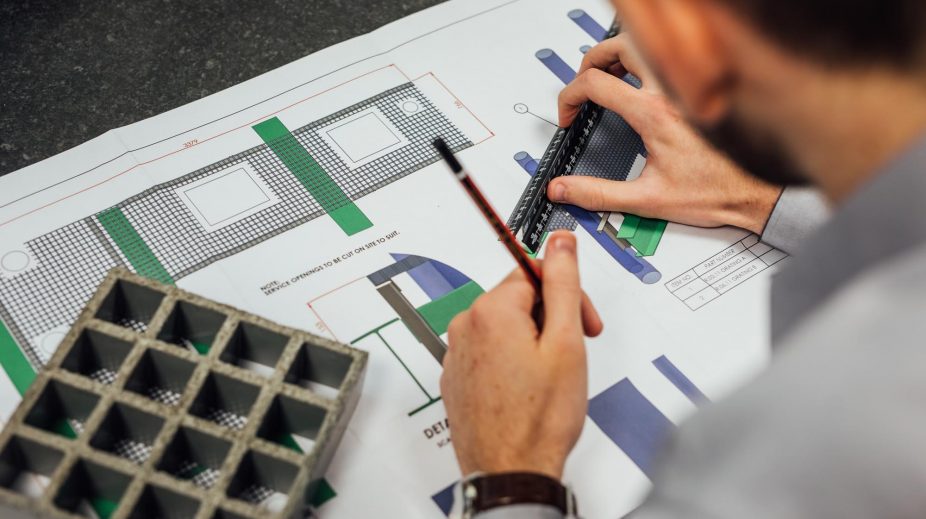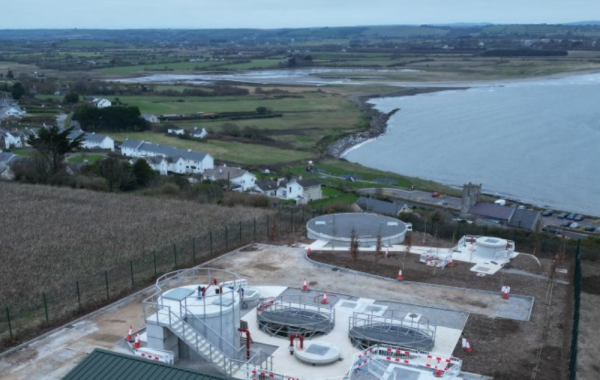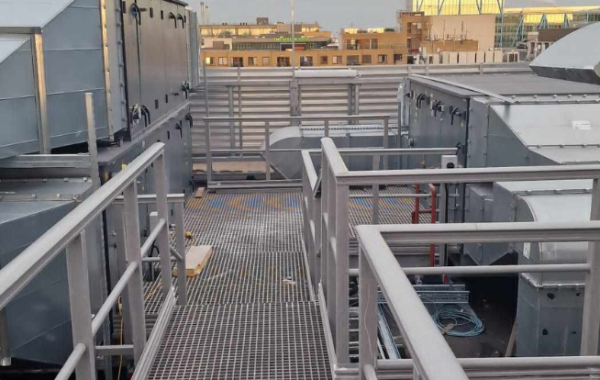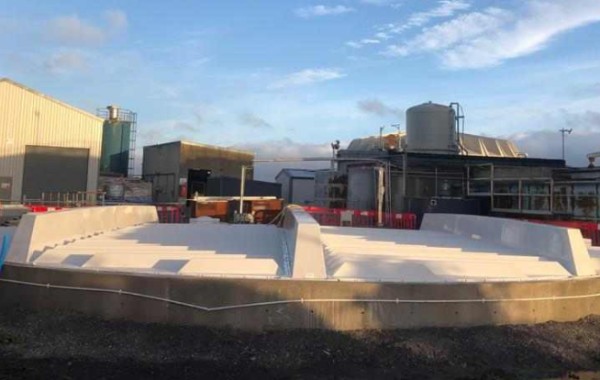What Is GRP?
GRP (Glass Reinforced Plastic) is the material we use to manufacture our products. GRP is an incredibly tough and durable material that delivers a multitude of outstanding benefits.
Properties and Uses of GRP Products
GRP is an acronym for Glass Reinforced Plastic. It is also known as FRP (Fibre Reinforced Plastic), fibreglass, or composite plastic. GRP is a fibre-reinforced polymer, otherwise known as a composite material. It is made from plastic reinforced with fine fibres made from glass, bonded together with a tough waterproof resin. Grit is often also added as an integral layer, creating an anti-slip surface that is not only incredibly durable and long-lasting but is highly effective in wet, oily, and icy conditions.
The development of GRP for commercial use was researched extensively during the 1930s. Due to its lightweight, inherent strength, weather-resistant finish, and variety of surface textures, it was seen as an incredibly versatile material with huge potential for use across a range of industries. GRP became widely used in the 1950s for the building of boats and sports car bodies. GRP is now used extensively across a range of industries and can be found in buildings, power plants, water treatment works, and railway stations, to name a few.
This versatile material is known for its exceptional strength-to-weight ratio, corrosion resistance, and durability. The polymer matrix, typically made of polyester, epoxy, or vinyl ester resin, binds together the glass fibers, creating a robust and lightweight composite.
Why is GRP used?
The unique characteristics of GRP allow it to be moulded and manufactured to practically any shape or design. This allows for a huge array of design possibilities, making it extremely flexible to work with. It can also be manufactured in a huge variety of finishes, colours and sizes. GRP is corrosion and weather-resistant, making it suitable for both indoor and outdoor use. Despite its lightweight properties, GRP offers remarkable strength-to-weight load-bearing performance. It is low maintenance, non-conductive and impact resistant.
The numerous advantages of GRP mean that more and more architects, engineers, builders and developers are specifying GRP as a material of choice and alternative to wood, steel and concrete. Read more about the benefits of GRP here.
Where is GRP used?
GRP is used across a wide range of markets and sectors. In many industries, there is a use for a product made partially or entirely from GRP. Every day 100’s of people come into contact with our GRP manufactured goods. From the initial consultation to site surveys, design and fabrication, we supply and install GRP solutions for construction, rail, water treatment, energy and industries worldwide.
Applications of GRP:
Construction: GRP is widely used in the construction industry for manufacturing panels, cladding, and roofing materials due to its lightweight nature, durability, and resistance to environmental factors.
Transportation: In the transportation sector, GRP finds applications in the manufacturing of lightweight components for automobiles, buses, and even aircraft, contributing to improved fuel efficiency.
Marine Industry: GRP is a staple in the marine industry for building boat hulls, decks, and other components. Its resistance to corrosion from saltwater makes it an excellent choice for marine applications.
Chemical and Industrial Plants: The corrosion resistance of GRP makes it indispensable in chemical and industrial plants where exposure to corrosive substances is a constant challenge.
Just some uses of our GRP products:
- Service riser flooring
- Pedestrian walkways
- Access ramps and platforms
- Anti-slip protection for retrofitting to flooring/ walkways and ramps
- Ladders
- Handrails
- Trench covers
- Safety Gates
You can view a full list of our GRP products here.
Key Properties of GRP:
Strength and Durability: GRP combines the strength of glass fibres with the durability of the polymer matrix, resulting in a material that can withstand various environmental conditions and mechanical stresses.
Corrosion Resistance: GRP is highly resistant to corrosion, making it an ideal choice for applications in harsh and corrosive environments, such as chemical plants, marine structures, and wastewater treatment facilities.
Lightweight: One of the standout features of GRP is its low weight, making it easy to handle and transport. This property is particularly advantageous in industries where weight considerations are crucial, such as aerospace and automotive manufacturing.
Versatility: GRP can be moulded into various shapes and sizes, making it a versatile material for a wide range of applications. It is commonly used in the manufacturing of pipes, tanks, panels, and other structural components.
Glass Reinforced Plastic (GRP) stands as a versatile and high-performance material with applications spanning across various industries. Its unique combination of strength, durability, and corrosion resistance makes it a preferred choice for projects demanding reliability and longevity. If you’re considering materials for your next project, exploring the benefits of GRP could be the key to unlocking innovative solutions and ensuring the success of your endeavors.
Purpose-driven GRP product design & fabrication
Our GRP innovation challenges construction conventions.
Innovation with purpose.
Our innovative approach to GRP design and fabrication reduces cost and makes installation easier.
Collaborative solutions.
We work with clients to find unique, long-lasting composite solutions.
Use our GRP experience to solve your problems.
15 years GRP experience delivers lighter, lower maintenance alternatives to steel.
We are proud to have built products for
